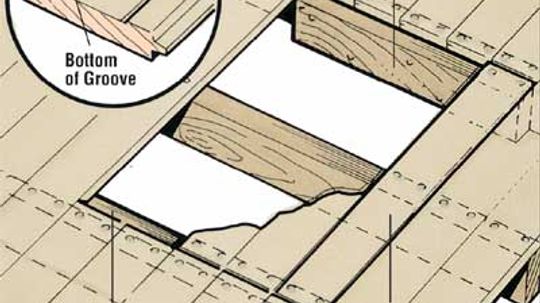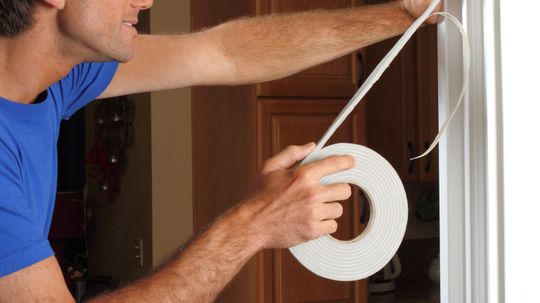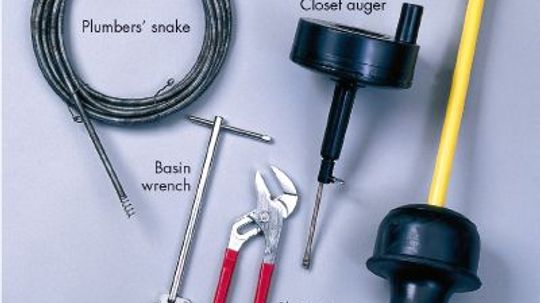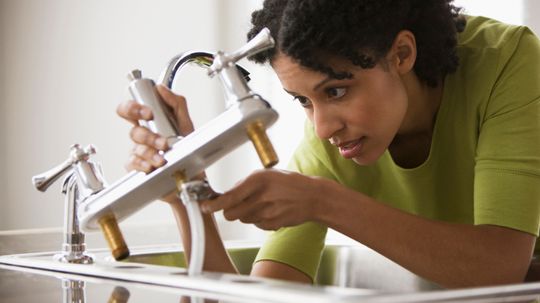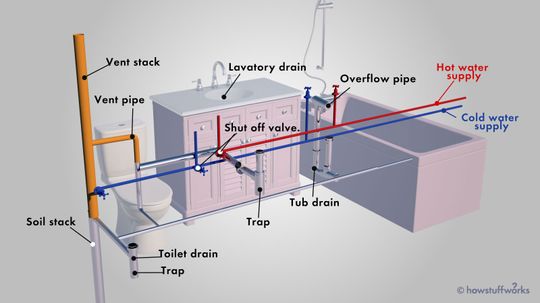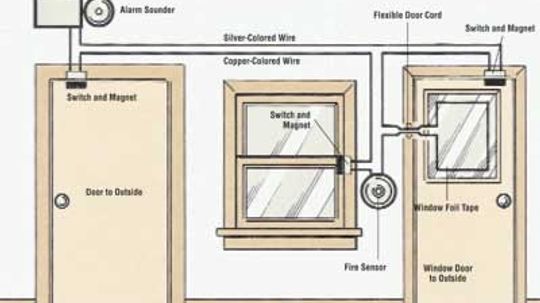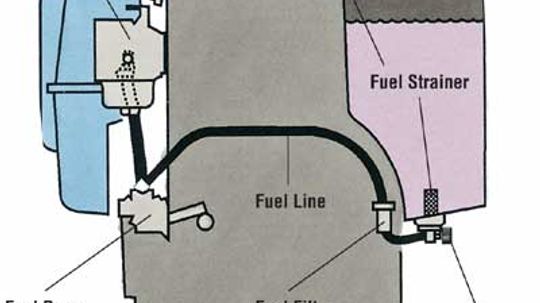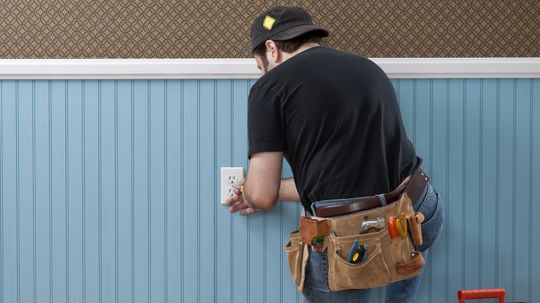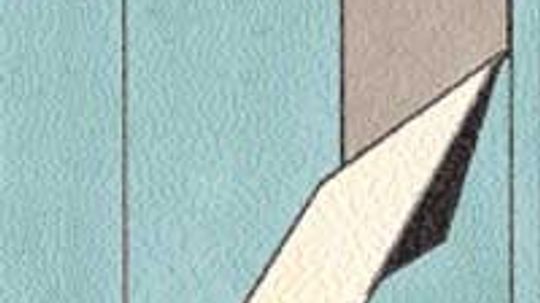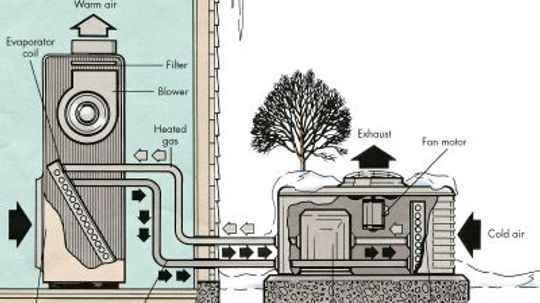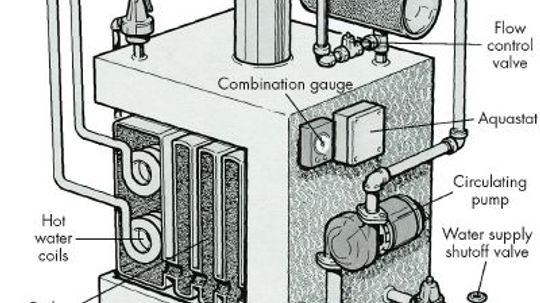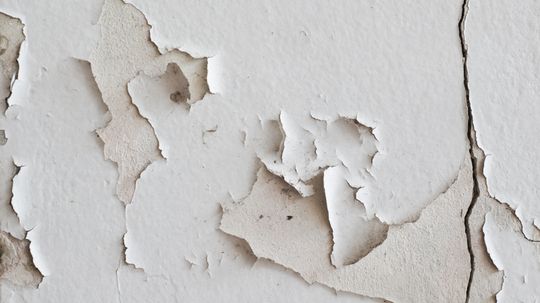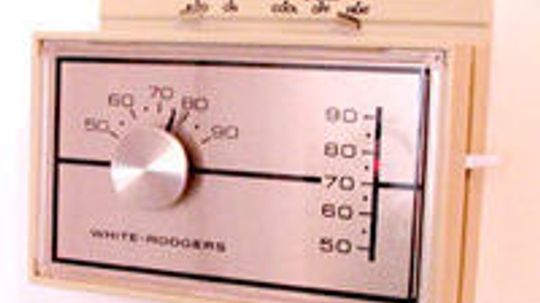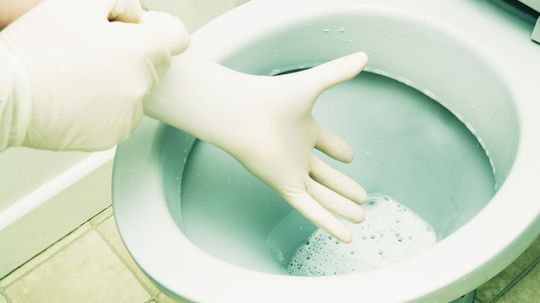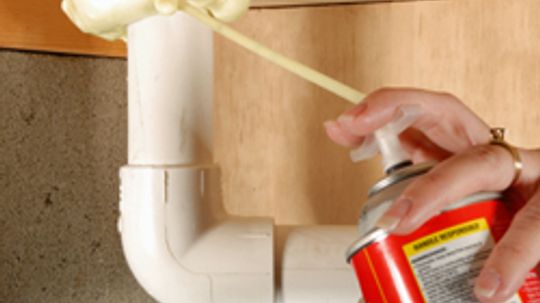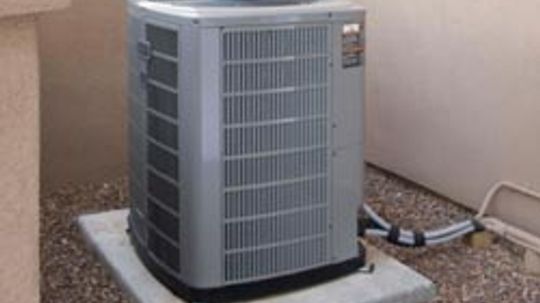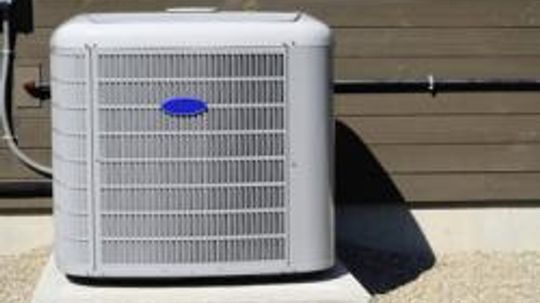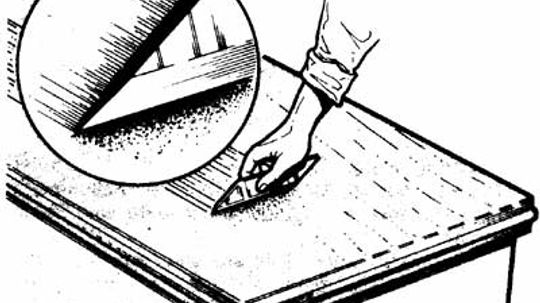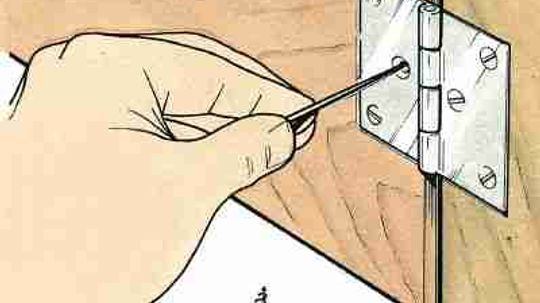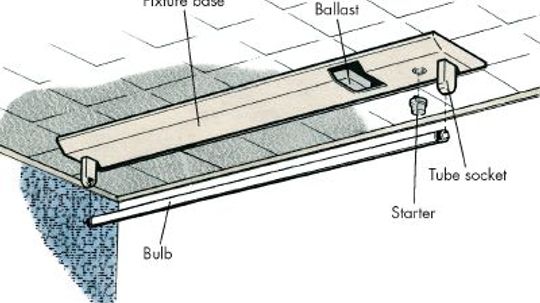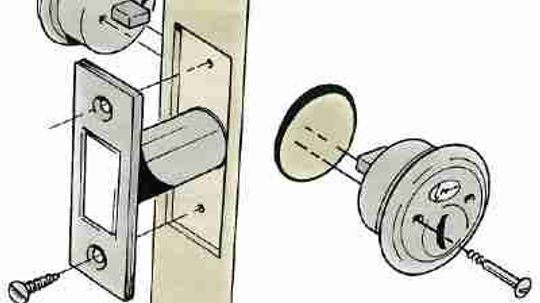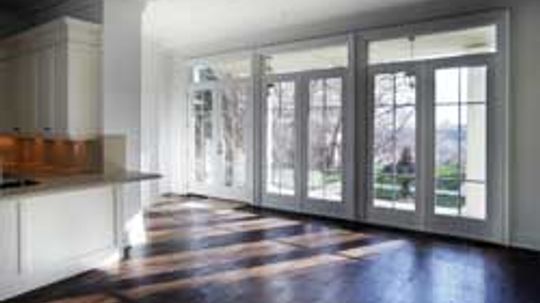Home DIY
Whether you're fixing a broken pipe or installing new cabinets, home DIY is an important aspect of living in a house. Check out these home DIY articles.

From Planters to Wall Art: 7 Cool Uses for Wooden Whiskey Barrels
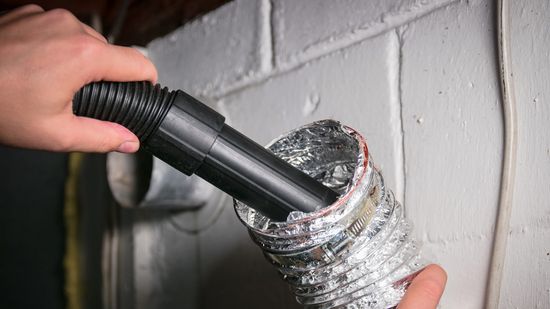
How to Clean Your Dryer Vent
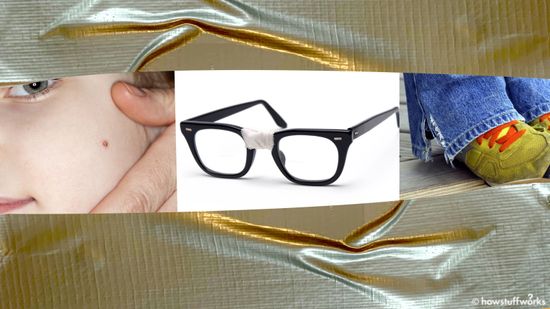
10 Awesome Uses for Duct Tape
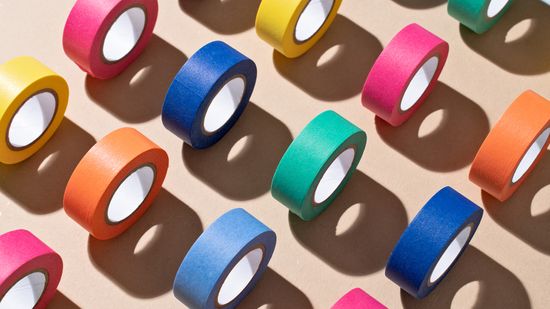
14 Types of Tape for Crafts, Temporary Repairs and More

Owning an Old House: Charming Love Affair or Expensive Money Pit?
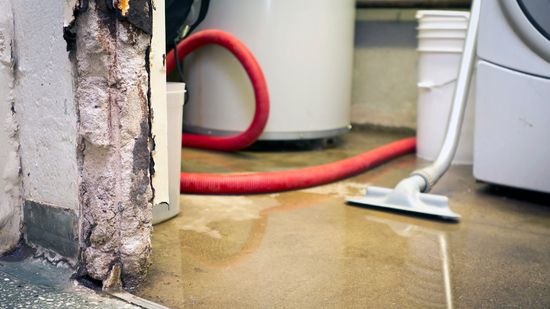
How to Waterproof Your Basement

How soon can you use a floor after putting adhesive on a vinyl tile?
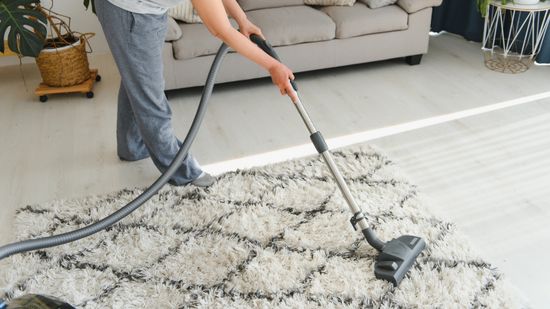
How do you use carpet tacks?
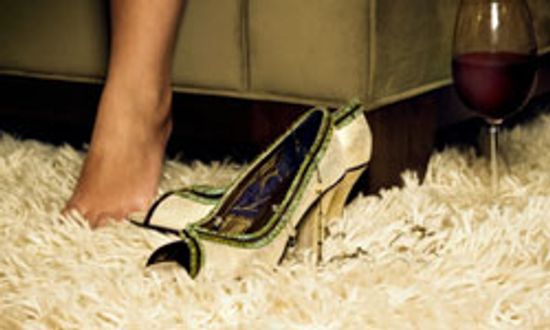
How to Choose a Carpet Color
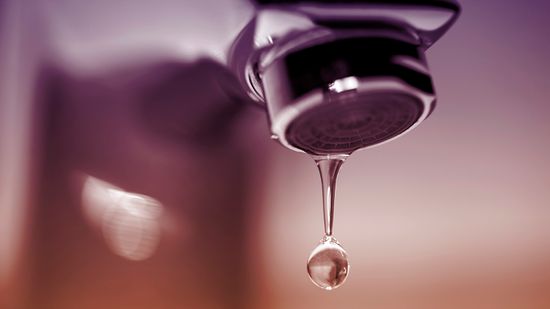
Does One Dripping Faucet Really Prevent Frozen Pipes?
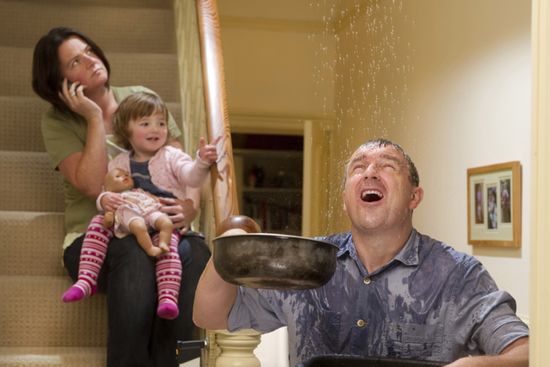
What causes pipes to burst when they freeze?

'Fireproof' House Upgrades for Peace of Mind
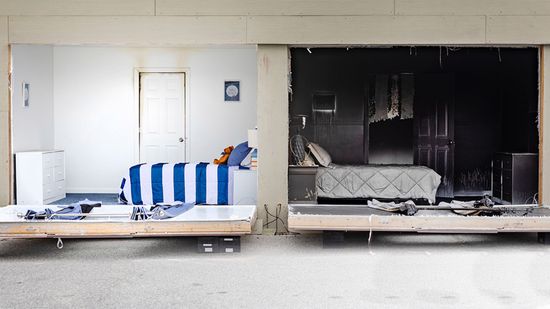
Closing Your Bedroom Door at Night Could Save Your Life

How to Prepare for a Hurricane
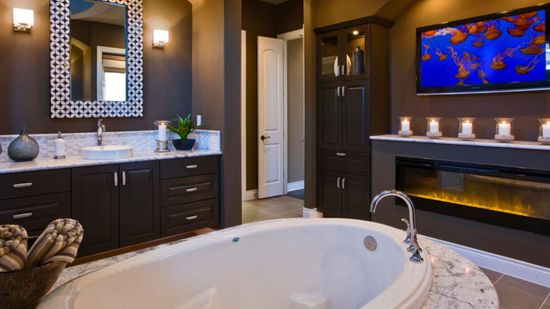
Why Electric Fireplaces Are Hot

Should You Turn Your Heat Down When You're Not Home?
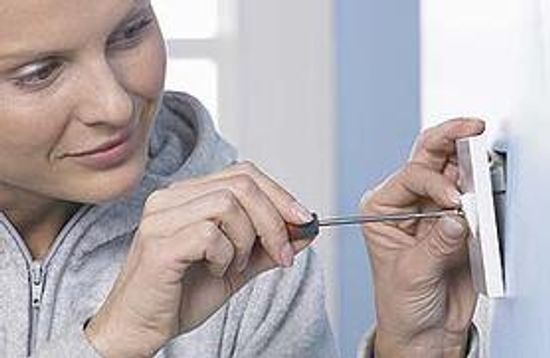
Top 7 Ways to Improve the Energy Efficiency of Your Garage
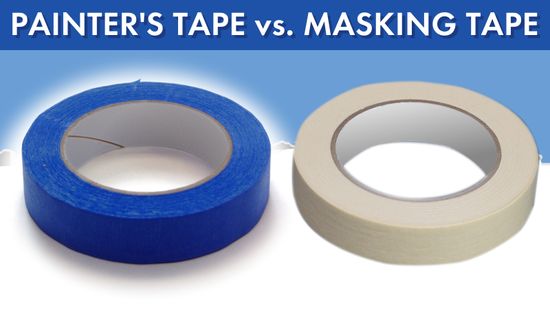
Painter's Tape vs. Masking Tape: What's the Difference?

Can I Use Interior Paint for Exterior Surfaces?
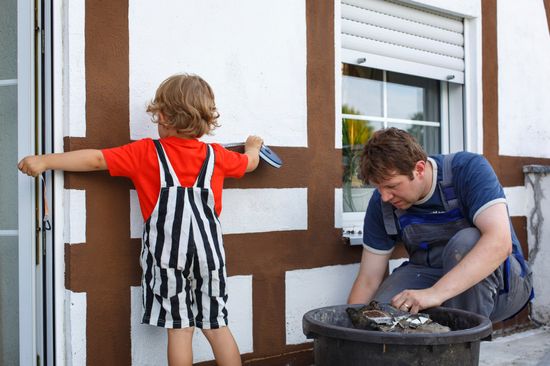
10 Tricks for Painting Your Home's Exterior

Not Your Grandmother's Wallpaper: The Return of Wallpaper
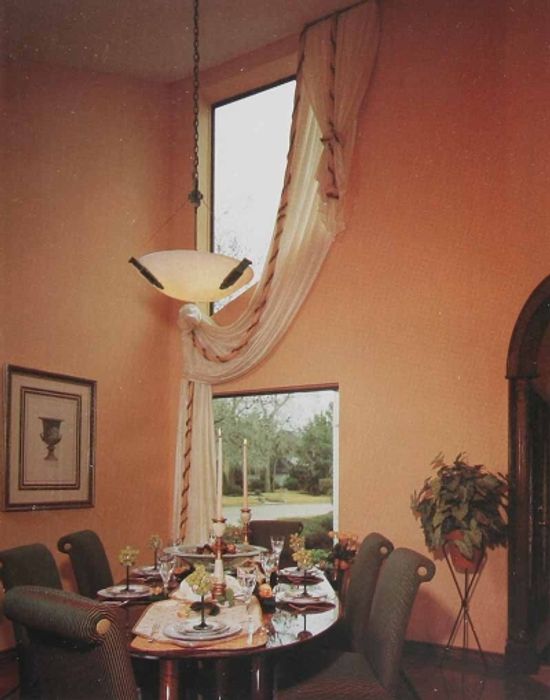
Window Treatment Ideas
Learn More / Page 12
A deck can be a great spot for peace and tranquility. Caring for a deck, though, can be a nightmare because they constantly exposed to the elements. Learn how to repair a deck.
By Fix-It Club
Rising energy costs make a cold, drafty house a misery that grows increasingly expensive. Sealing your home with weather stripping can keep you warm all winter long. Learn how to install weather stripping.
By Fix-It Club
Drain repairs most often consist of clearing clogs and replacing drain traps. Luckily, it's relatively easy to perform these fixes. Find out how to do drain repairs.
By Fix-It Club
Advertisement
Faucets are a key part of your home for an obvious reason: They dispense water. Therefore, keeping your faucets in working condition is of great importance. Learn how to repair a leaky faucet.
By Fix-It Club & Austin Henderson
You can make lots of repairs to your plumbing at home if you understand just a few basic concepts.
By Fix-It Club
Some home security systems are complex and should be installed by a professional. However, there are good home security systems sold in kit forms that you can install yourself. Learn instructions for this project.
By Fix-It Club
Small engines serve as useful home tools and power our toys. To keep them operating efficiently, an owner should know how these engines work and what to do when they don't. Learn more.
By Fix-It Club
Advertisement
When clapboards or shakes are rotten or broken, your home's siding can no longer do its job. Damaged siding lets air, water, dirt, and insects through to the inside. Learn how to replace damaged siding.
By Fix-It Club
There are many electrical repairs you can make without the help of a professional electrician, including replacing wall receptacles and rewiring lamps. Read this article to learn how to do basic home electricity repairs yourself.
By Fix-It Club
With the wide assortment of wallpapers available today, choosing among them can be as hard as putting them up. Today's wallpapers are easier to handle and more rip-resistant. Learn how to hang wallpaper.
By Fix-It Club
A heat pump not only heats your home during the winter, it also cools it during the summer. Proper maintenance is important. Find out how to troubleshoot a heat pump.
Advertisement
Hot water and steam systems work similarly, and are still used in existing homes. Some routine maintenance is required to keep them working properly. Learn how to troubleshoot a hot water and steam system.
Older homes often have lath-and-plaster walls. Latex paint will hide hairline cracks in plaster, but only temporarily. Larger cracks actually are easier to fix. Learn how to repair cracked plaster.
A thermostat is a highly sensitive control instrument that responds to even the slightest changes in temperature. It can be a source of some frustrating problems. Learn how to maintain a thermostat.
A few simple restoration techniques can revive an old finish on wooden furniture. This can save you time and money, and help you hold onto a good piece of furniture. Learn to restore furniture finish.
Advertisement
Compared with a clogged toilet, tank troubles can seem relatively insignificant. Yet strange noises or continuous water running can be more than annoying; it can cost money. Learn to repair toilet tank problems.
Because tubs and sinks are used practically every day, the caulking between the fixture and the wall often cracks or pulls loose. This allows water to damage the surrounding wall. Learn to caulk bathroom fixtures.
Heating systems keep our homes warm during the winter, and air conditioning keeps us cool in summer. But do you know how HVAC systems work?
Heating and cooling systems are usually trouble-free and easy to maintain. No matter what type of systems you have, there are several things you can do to keep them in top condition. Learn more with the information inside this article.
Advertisement
Equipping your at-home workshop with the right tools can save you time when you are attempting any furniture restoration or repair project. Learn the proper primary tools to include in your workshop.
Usually it's easy to unstick a stubborn door. To diagnose the problem, close the door, watching it carefully to locate the binding point. From here, there are several potential strategies. Learn to unstick a door.
Hanging or installing an interior door isn't terribly difficult. You probably can tackle this home improvement project in an hour or two with the necessary materials and tools. Learn more.
Consider replacing some of your old incandescent fixtures with fluorescent lamps. Fluorescent light provides shadow-free illumination, but, best of all, fluorescent bulbs are more efficient than incandescent bulbs. Learn how to install a fluorescent fixture.
Advertisement
New doors need a lockset. Some doors come predrilled for standard-size locksets, others will require drilling. Mortises also need to be cut for the lockset and strike plate. Learn the details to install a lockset.
If fences make for better neighbors, then doors make for happier families. But not if a door is squeaking or sticking. Learn tips on how to keep doors in your home working properly.
